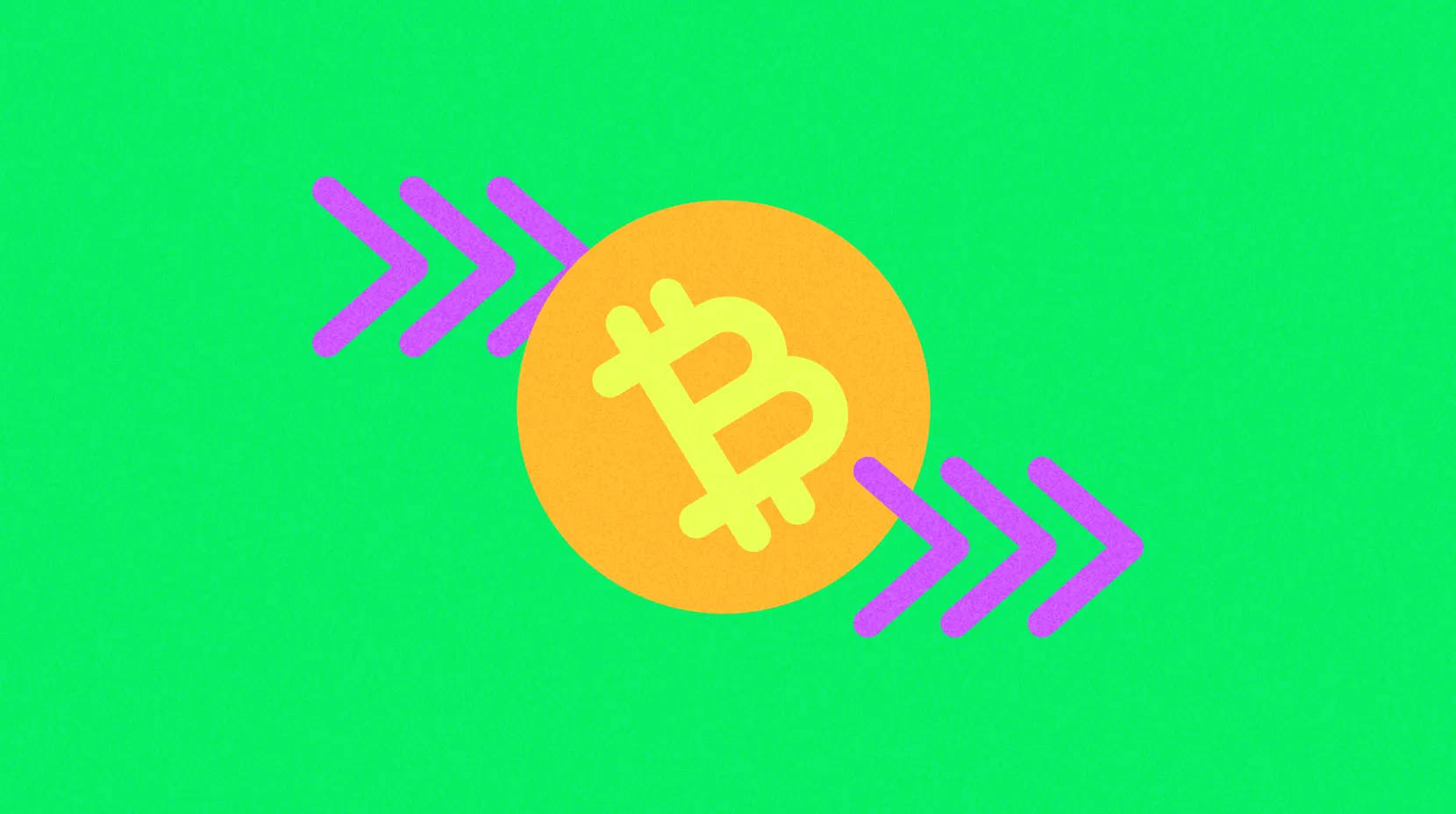Blockchain
Blockchain is the underlying technology for almost all cryptocurrencies. It is a distributed ledger jointly maintained by decentralized nodes around the world. Blockchain is hailed as "the trust machine", enabling trustless peer-to-peer payments. Blockchain will become the infrastructure for the next generation of the Internet - Web 3.
Articles (3726)

Intermediate
MicroStrategy Faces a Major Confidence Test: Nasdaq Delisting Risk, Buyback Motives, and Executive Sell-Offs
This article offers a comprehensive analysis of the challenges MicroStrategy faces during Bitcoin's downturn, including the rapid narrowing of its mNAV premium, the stock trading at a negative premium, executive share sell-offs, the risk of being removed from market indexes, and reduced capacity to increase Bitcoin holdings. It also examines key market debates—such as whether the company's debt risk is overstated, if forced Bitcoin sales are likely, the safety of its convertible bond structures, and the implications of its latest financing strategy (perpetual preferred stock) for its liquidity. Drawing on multiple perspectives, the article presents a well-rounded view: while market confidence is under strain, MicroStrategy’s debt burden remains manageable, institutional investors continue to add to their positions, and the possibility of S&P 500 inclusion still exists.
11/25/2025, 8:24:59 AM

Intermediate
Privacy Renaissance: Blockchain’s Next Era
The article not only provides a detailed analysis of privacy-preserving technologies but also explores practical application scenarios of privacy protection in blockchain applications.
11/25/2025, 5:41:55 AM

Intermediate
Reevaluating the Potential of EigenLayer Restaking
This article presents an in-depth analysis of the EigenLayer project—an innovative platform that pushes the boundaries of decentralized trust by introducing restaking and liquid restaked tokens (LRT). EigenLayer uses a dual-token model and the principle of intersubjectivity to tackle challenges in blockchain governance and decentralized trust. EigenLayer empowers validators to leverage ETH, which secures the Ethereum network, to also safeguard actively validated services (AVS). This boosts capital efficiency and fosters a more interconnected, resource-efficient ecosystem. Additionally, the article covers EigenLayer’s dual-token architecture, protocol forks, and their integration within the wider cryptocurrency ecosystem.
11/25/2025, 1:23:24 AM

Intermediate
The Rise of the Sovereign Individual: From ‘On-Chain Identity’ to DeSoc Under Competitive Governance
This article provides a systematic overview of a decentralized society (DeSoc) centered on the “Sovereign Individual” concept. It explores a new paradigm for human digital transformation, integrating the layers of identity, economy, and governance. DID, ZK, and SBT technologies construct on-chain identities. The discussion includes credit-based and reputation-based economic systems and dynamic governance mechanisms shaped by DAOs. The piece outlines a future social framework that evolves from individuals moving on-chain to competition among digital city-states. It highlights the transformative impact of the Bitcoin era on institutions and the widespread acknowledgment of individual autonomy.
11/24/2025, 1:41:54 AM

Intermediate
Bitcoin Dips Again — 2026 Could Be the Best Time to Position
This article offers a thorough examination of Bitcoin’s actual implications during the 2025 market correction, advancing the central thesis that a secondary bottom could present the best opportunity for strategic positioning in 2026. By assessing factors such as risk asset correlations, the AI cycle, fiscal and monetary policy shifts, the growth of tokenization and stablecoin adoption, and increasing regulatory clarity, the analysis reveals why Bitcoin is consolidating ahead of its next major upward move. The piece further identifies that macroeconomic and technological turning points will combine to propel the market into a robust trend in 2026.
11/24/2025, 1:38:12 AM

Intermediate
When China’s Crypto Tycoons Start Buying Gold
This article begins with an exploration of Singapore’s Le Freeport vault, examining how Bitdeer founder Jihan Wu, crypto magnate Micree Zhan, and organizations like Tether are shifting the balance of influence between gold and digital assets. It unveils the off-chain gold strategies of Asia’s wealthiest individuals and examines how on-chain gold, XAUT, is becoming a key source of liquidity. The article highlights the competition among central banks, billionaires, and rising crypto players in the projected surge in gold demand in 2025.
11/24/2025, 1:33:21 AM

Intermediate
From NVIDIA to Binance, “Selling Shovels” Remains the Most Powerful Business Model
This article argues that providing infrastructure and services—the "pick-and-shovel" business model—is the most resilient strategy through market cycles, from NVIDIA to Binance. The analysis covers NVIDIA, crypto exchanges, mining hardware manufacturers, and infrastructure supply chains. It explains why companies selling computing power, mining equipment, or network capacity maintain stable profits during both the AI and crypto gold rushes. The article concludes with actionable insights for investors and entrepreneurs.
11/21/2025, 5:16:43 AM

Intermediate
After an 80% Price Drop, Is BitMine Suffering from a Value Mismatch?
Ethereum’s price has dropped nearly 40% from its peak as ETF inflows, treasury purchases, and on-chain buying have all cooled significantly. BitMine now serves as the market’s last major buyer. Yet, with its stock price down 80%, unrealized losses nearing $3 billion, and a widening mNAV discount, market participants have grown increasingly concerned about BitMine’s liquidity and long-term strategy. This article systematically analyzes funding sources, staking returns, and institutional trends; it also examines the withdrawal of ETF, treasury, and on-chain ETH buying forces. It further explores whether BitMine is mispriced. Finally, the article discusses how much longer BitMine can remain the primary buyer of last resort for Ethereum.
11/21/2025, 5:14:33 AM

Intermediate
Crypto Is Evolving. Are You?
The article not only discusses the impact of individual psychology and emotions on investment decisions, but also explores how market narratives, beliefs, and collective behaviors influence the cryptocurrency market.
11/21/2025, 3:25:54 AM

Intermediate
The Technical Foundations, Application Pitfalls, and Future Evolution of Decentralized Social
This article systematically examines the technical foundations of decentralized social protocols through three key dimensions: identity systems, data storage, and recommendation algorithms. It delves into the structural challenges that have emerged during the rapid growth of Social Fi applications, such as feature replication, inappropriate token usage, and lack of cultural context. By analyzing examples including Nostr, Farcaster, Bluesky, and Kaito, the article projects the future evolution of decentralized social networks—especially in payment integration and on-chain transaction access. It offers a comprehensive technical and product-level framework to guide the next stage of Social Fi development.
11/20/2025, 3:04:37 AM

Intermediate
Stables are not Stable
This article provides a thorough analysis of the systemic risks behind the collective collapse of DeFi stablecoins in November 2025, revealing how protocols such as Stream Finance and Elixir led to hundreds of millions in losses and an industry-wide bank run through opaque leverage cycles, "yield optimization" black-box operations, and fragile oracle mechanisms. By presenting detailed case studies and historical parallels, the article highlights fundamental flaws in DeFi's incentive structures, transparency, and security architecture, pointing out how so-called "decentralized finance" is repeating the same mistakes made over the past five years.
11/20/2025, 2:54:58 AM

Intermediate
Why Your Coin Isn’t Pumping
This article provides an in-depth analysis of why cryptocurrency asset prices remain sluggish despite improved regulation, institutional adoption, and technological advancements. From perspectives such as valuation, revenue structures, capital flows, and industry cycles, the author identifies the fundamental reasons for the current disconnect between token prices and underlying fundamentals, while proposing future sectors with genuine growth potential and pathways for value capture.
11/20/2025, 2:43:42 AM

Intermediate
Multicoin Capital: Why are we bullish on Ethena in the long term?
The article offers a thorough analysis of how Ethena employs basis trading strategies to generate yield and maintain stability for its synthetic dollar, USDe. It also explores Ethena’s distinctive positioning and competitive edge within the stablecoin market.
11/19/2025, 9:19:34 AM

Intermediate
Gate Research: Implied Volatility at High Levels, Hedging Demand and Volatility Structure Rising
According to Gate Research, the cryptocurrency market has recently weakened overall. On the macro side, cooling expectations of Federal Reserve rate cuts and rising risk-off sentiment have put simultaneous pressure on equities, gold, and crypto assets. Bitcoin broke below key support levels and briefly fell under USD 90,000, erasing its year-to-date gains and declining about 27% from the intraday all-time high set on October 6. Technically, the 50-day moving average has crossed below the 200-day moving average, forming a “death cross,” indicating further bearish momentum in the medium term.
11/19/2025, 9:09:21 AM

Intermediate
How Polymarket Turns “Mechanisms” into “Probabilities”
Polymarket is frequently mischaracterized as a speculation platform. In reality, its core function is to aggregate collective human judgment on future events into tradable financial assets. This article starts with the fundamental question of pricing and systematically explores the rigorous framework behind "price as probability." It examines mathematical constraints, the one-dollar payout mechanism, arbitrage-free pricing, and risk-neutral probabilities. The article then covers order book pricing, market maker incentives, and liquidity mechanisms, helping readers understand why Polymarket is both accurate and resilient.
11/19/2025, 3:11:20 AM
123456789101112131415161718192021222324252627282930313233343536373839404142434445464748495051525354555657585960616263646566676869707172737475767778798081828384858687888990919293949596979899100101102103104105106107108109110111112113114115116117118119120121122123124125126127128129130131132133134135136137138139140141142143144145146147148149150151152153154155156157158159160161162163164165166167168169170171172173174175176177178179180181182183184185186187188189190191192193194195196197198199200201202203204205206207208209210211212213214215216217218219220221222223224225226227228229230231232233234235236237238239240241242243244245246247248249
Your Gateway to Crypto World, Subscribe to Gate for A New Perspective
